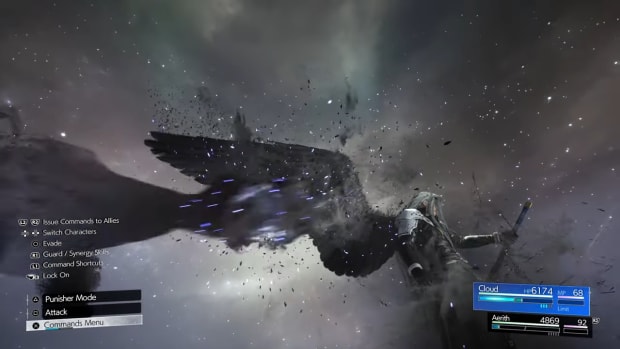Avatar: Frontiers of Pandora has all the spectacle of the movies, but feels empty
Spectacle is the keyword when it comes to Avatar: Frontiers of Pandora. After taking barely a few steps in the open world of Pandora I’m greeted by beautiful sights with a wonderful selection of the greens, blues, and oranges that are natural to this world. It never becomes mundane either, there’s always something new to see around every corner, and it’s always a breathtaking sight.
The world is expertly constructed as well as beautiful. The lowland swamps feel claustrophobic as the thick trees above block the sunlight, only for you to eventually climb up and emerge atop the high mountains where you can see for miles, and the floating islands in the sky above beckon to you.
It’s enjoyable to traverse, too. As a member of the Na’vi race, you can leap great heights and distances in a single bound, run at high speeds, and use almost any tree branch or thin piece of rope can be used to climb to your next destination. The films often tout this world where life and nature all work as one to help each other, and it’s stunning how well that feeling has been adapted into a game world.
The framerate, however, is a little less impressive. This is an early build, so things should get better before launch, but I’d be remiss if I didn’t point out how the framerate would consistently drop below 30fps while roaming the open world, especially when looking at a wide open space or water of any kind.
Despite what you might expect for an open-world game, the main missions are the stars of the show here. The main story missions especially are able to tightly capture the feelings of wonder from the films, and the more scripted moments give you a needed sense of direction and purpose when wandering the world.
As I climbed up a series of floating islands, making risky leaps and solving mini platforming puzzles along the way, I fell into just the right groove of letting the environment wash over me, and it was a great feeling, especially when it all culminated in a massive leap from the top only to be caught by your Ikran – the flying creature you tame as your ally. When the music soars and you take control of the beast for the first time, something about it hit me in just the right way.
It’s not just running and climbing though, this game gives you the chance to experience all aspects of this world. One minute you’ll be carefully taming creatures or participating in some ancient rite of the Na’vi people, the next you’ll be shooting down attack helicopters with a bow and arrow while hacking weather balloons that are interfering with the environment. This a world being torn in two between the humans and the Na’vi, and you’re stuck in the middle; both narratively and mechanically.
While you’re encouraged to stick to basic Na’vi weapons like knives and bows made out of sticks and stones, nothing’s stopping you from pulling out an assault rifle and gunning the humans down – it’s much easier to do so as well. The gunplay is pretty basic, but it pairs well with your movement abilities, allowing you to quite literally run circles around the humans, using your cunning and the environment to outwit their mech suits and endless supply of helicopters.
It leaves you caught between being a badass resistance fighter kicking the humans off of your planet, and a peaceful tribesperson trying to integrate themselves into Na’vi culture after being ripped away by the humans at birth – it’s something I hope the full game’s narrative plays more with, as the early sections sow the seeds expertly.
My biggest concern is what there is to do in the open world outside of main missions, which is something I didn’t get a chance to dive into during my time with the game. It’s nice that the main missions are such a cool experience, but I didn’t see much that justified this being an open-world game.
The only point in its favor here is that the main missions don’t use waypoints or markers to tell you where your objective is, instead giving you a description of your target location – a general area, nearby landmarks, and sometimes a named location – and leaving you to find it on your own. While this is a nice idea, I’m not a fan of how it plays out in practice. The mission descriptions give you plenty of details with named locations, but you can’t actually find any of them labeled on the map, making them virtually useless as navigational tools.
The result is that I frequently just went into the mission screen and used the “show objective on map” button to work out the spot on the map I was aiming for. I’m not solving a puzzle or using any skills there, I’m just constantly checking a menu to make sure I’m going the right way.
There’s a lot that I like about Avatar: Frontiers of Pandora, but there are also aspects where it still needs to prove itself. It captures the feeling of being in a beautiful alien world and represents the themes and spectacle of the films very well, but whether that can create an open-world experience that is engaging for over 20-30 hours remains to be seen.






